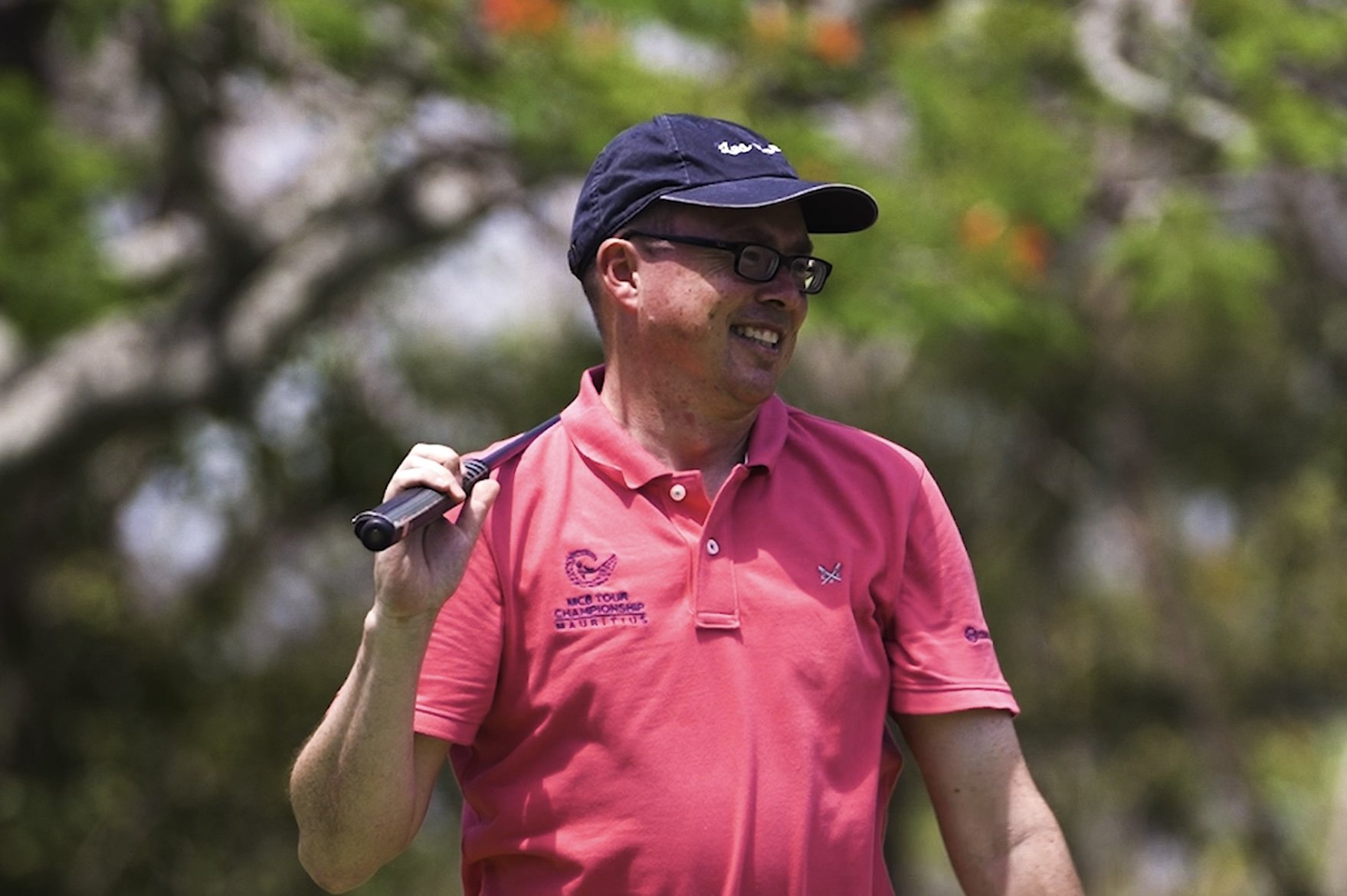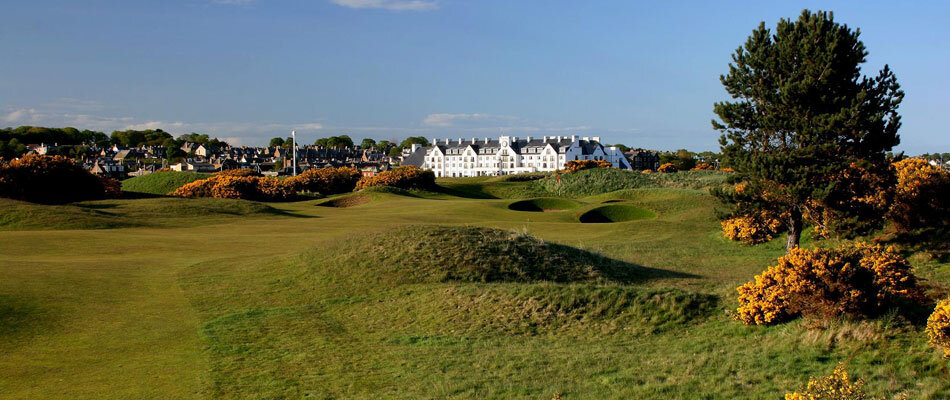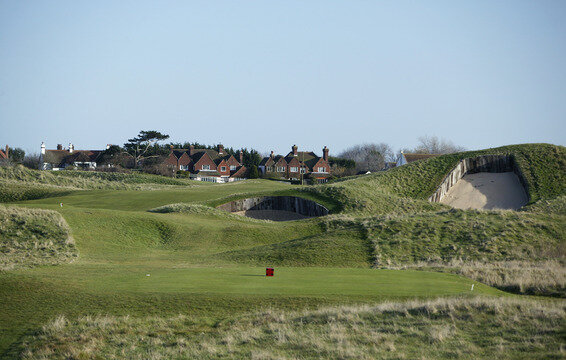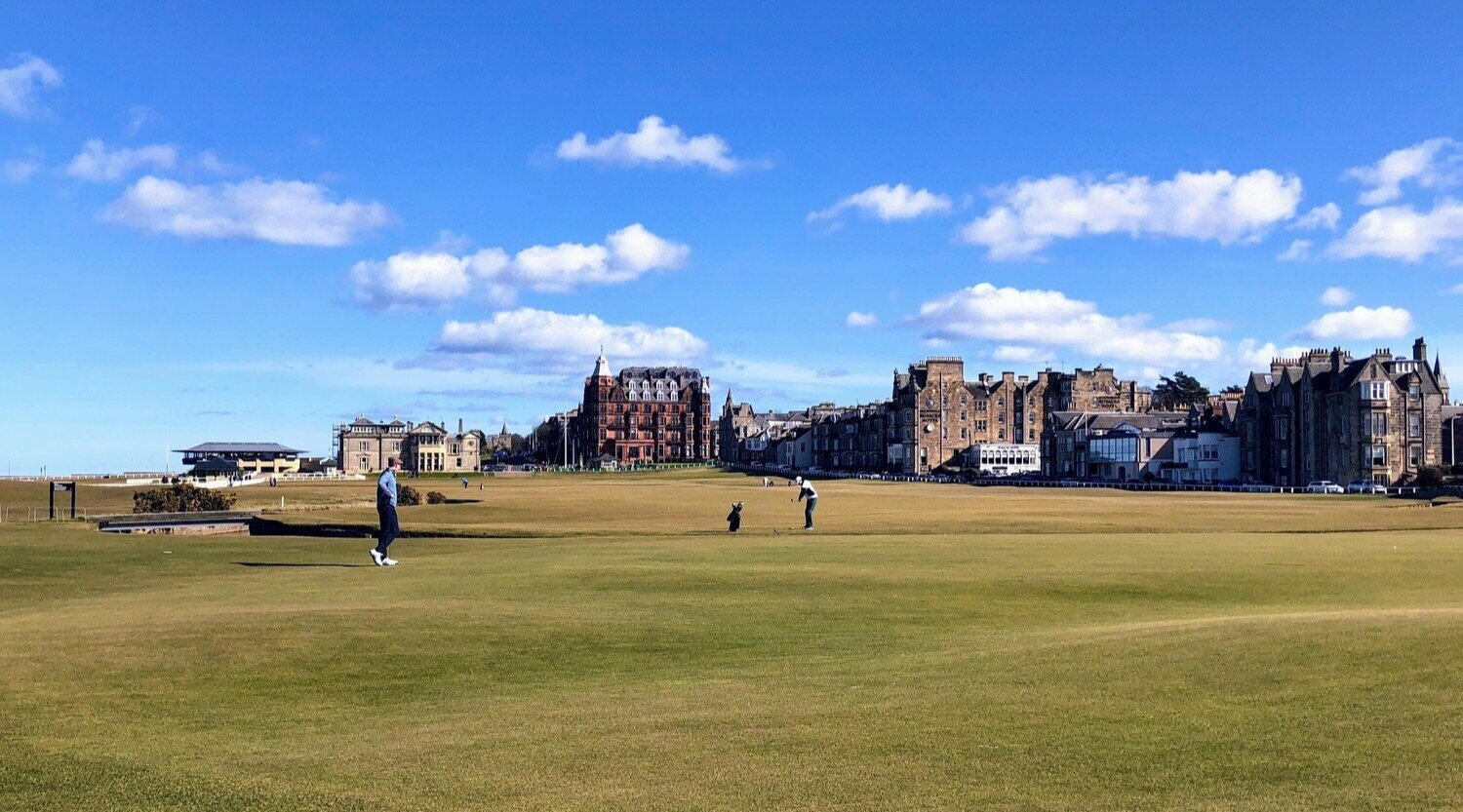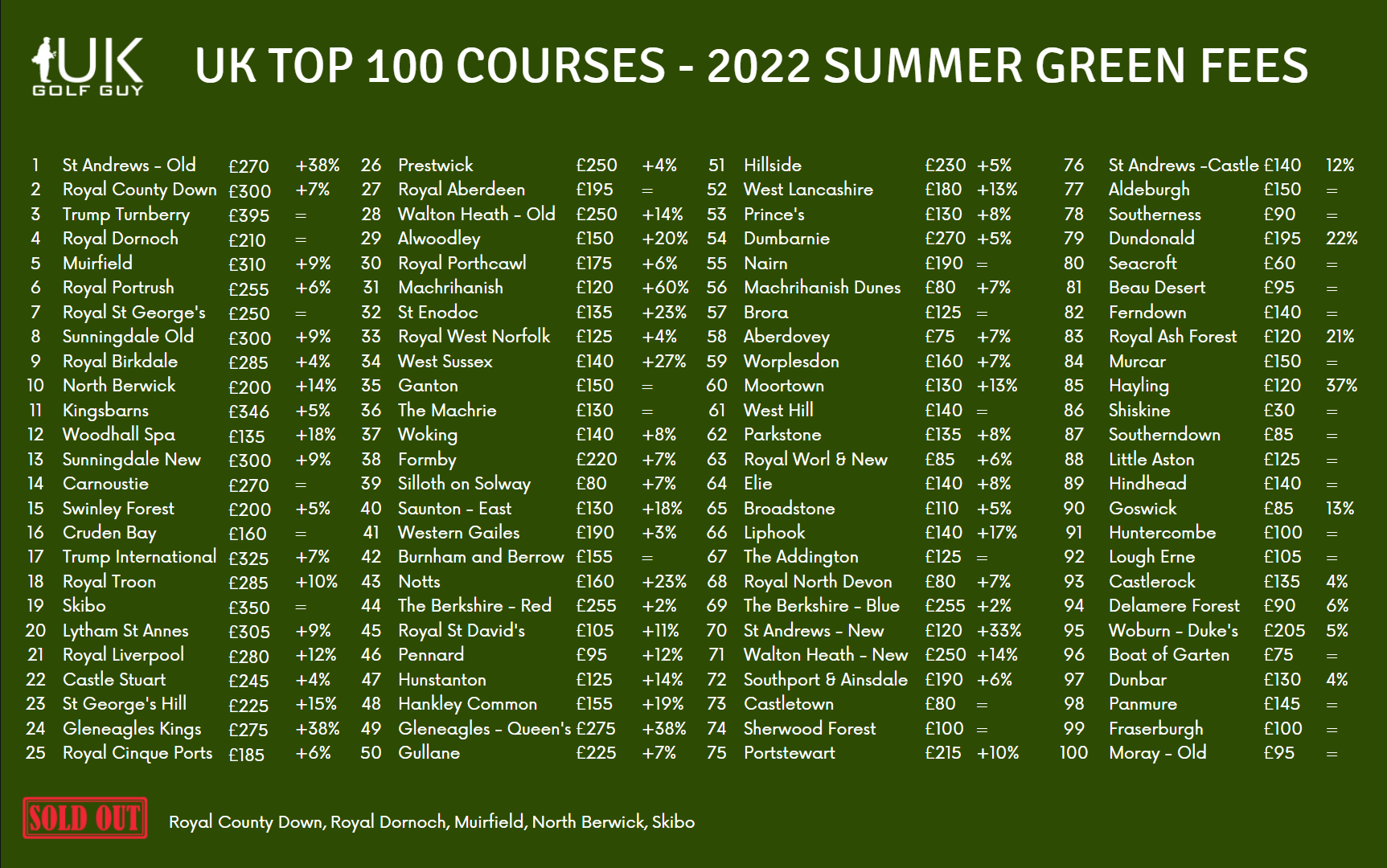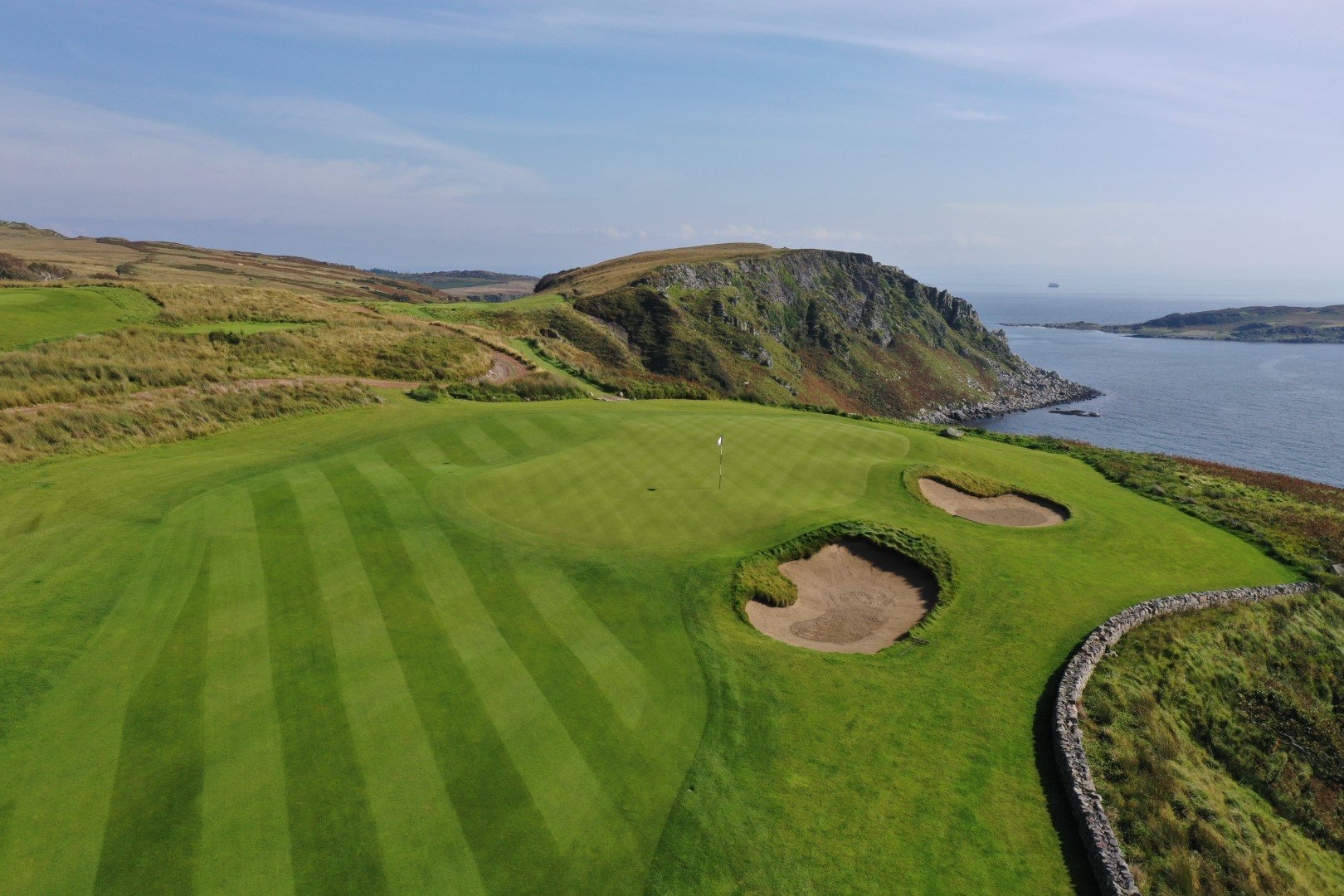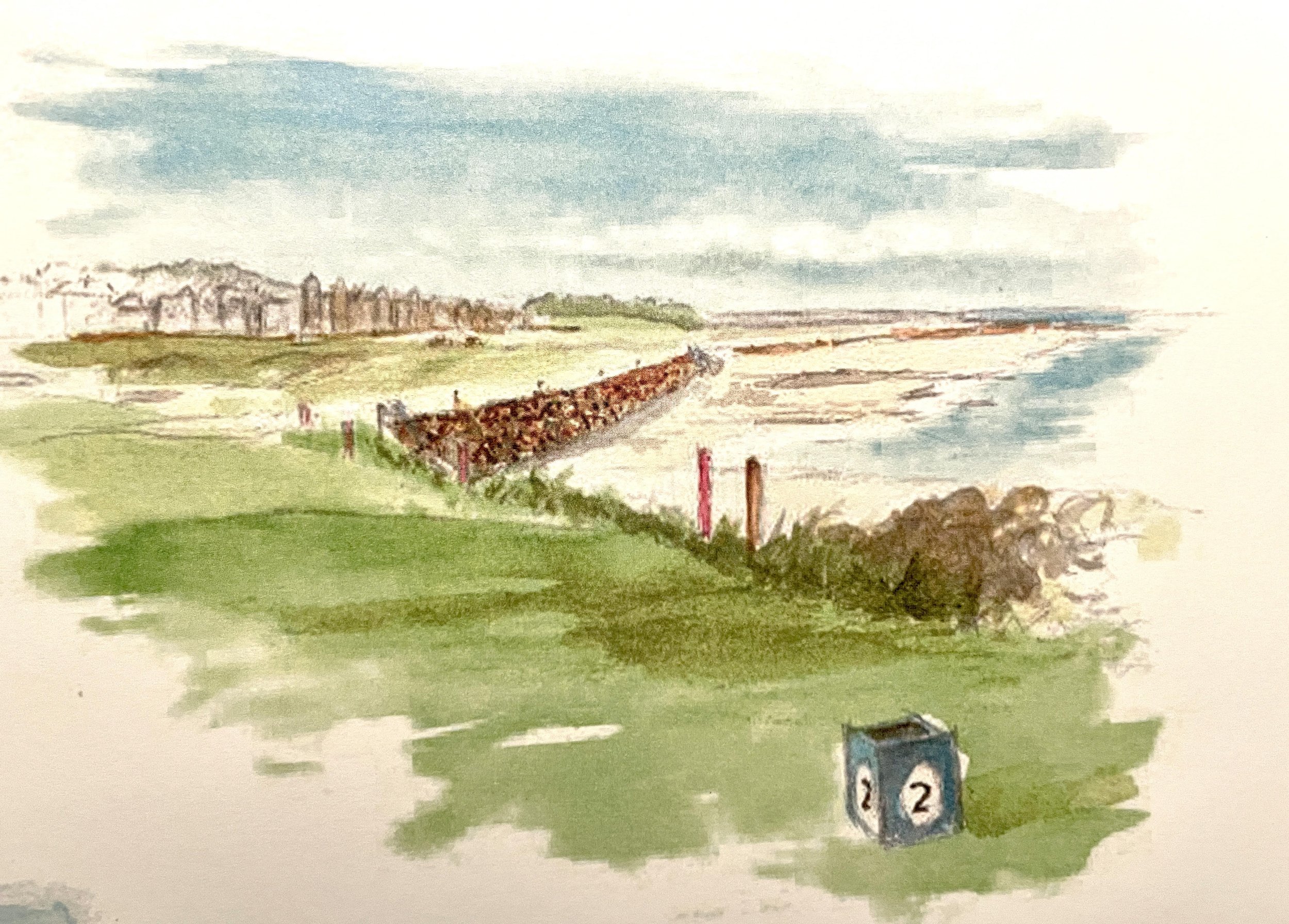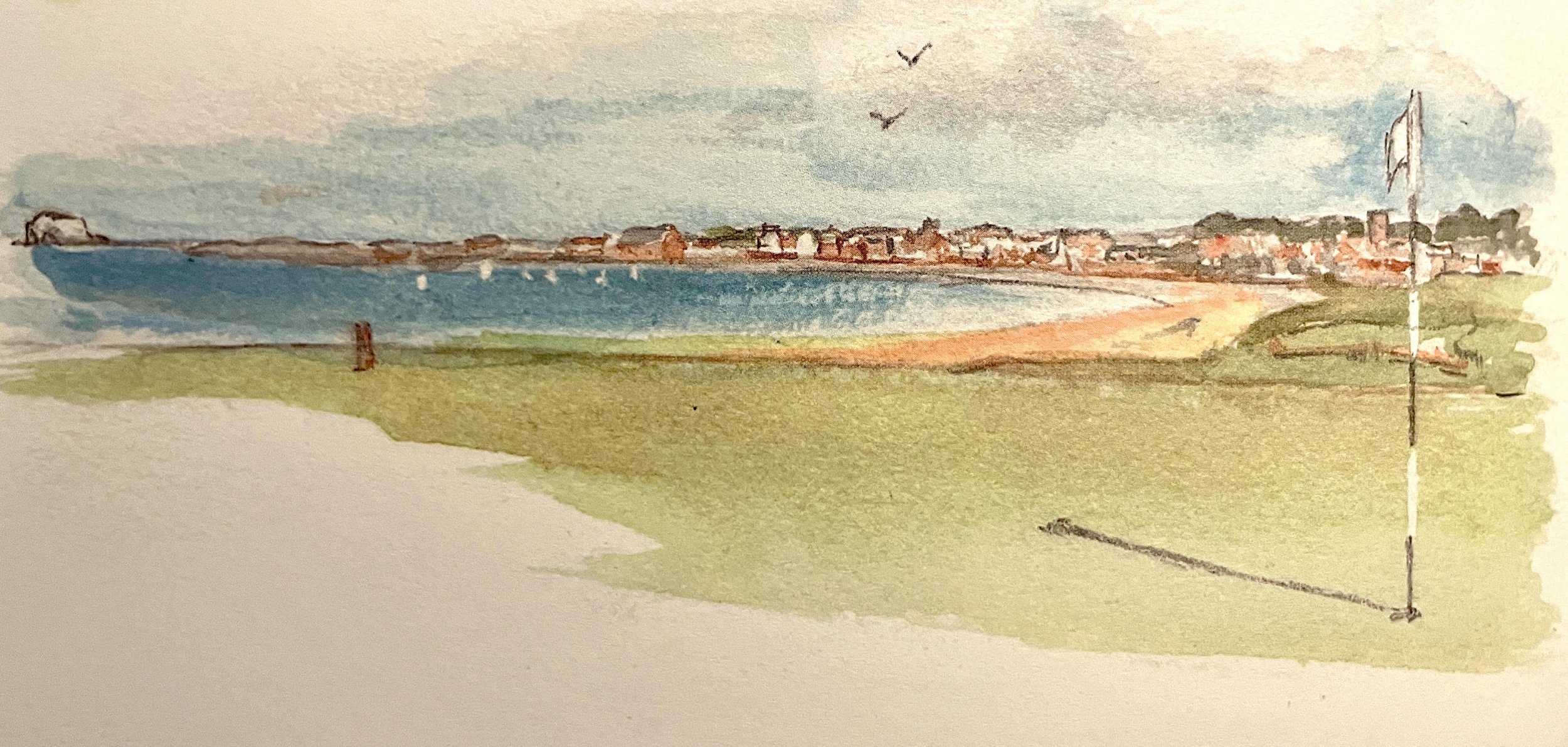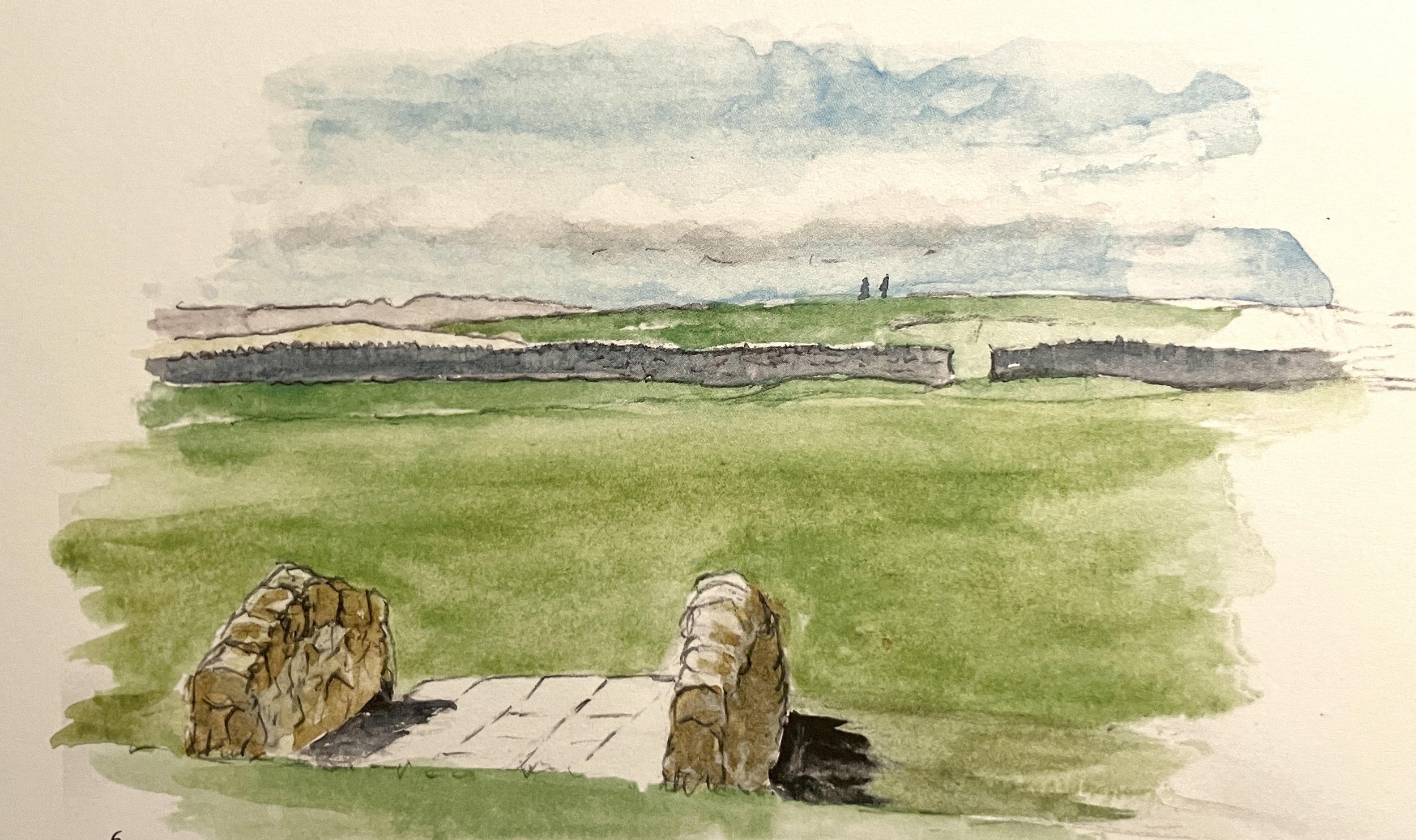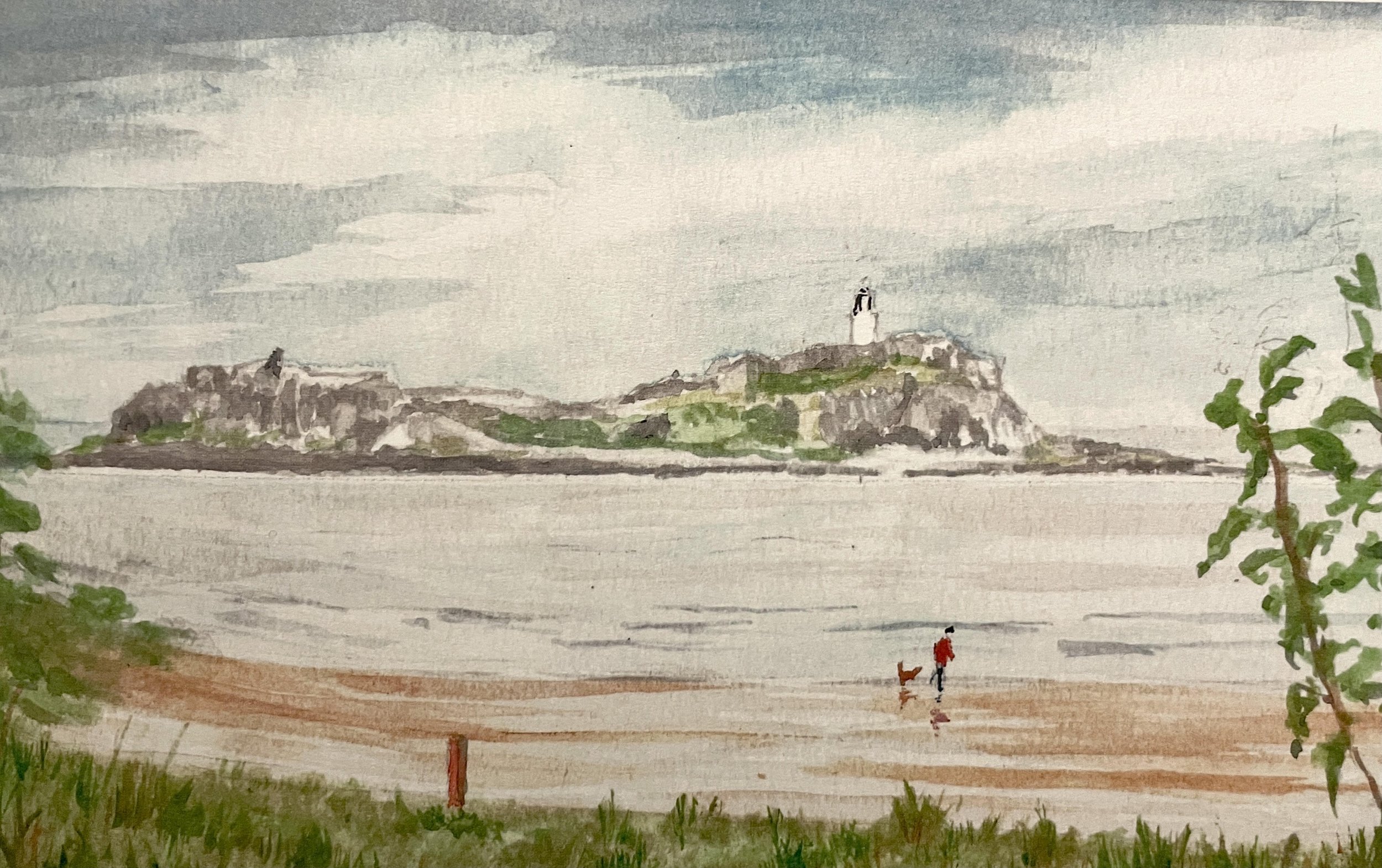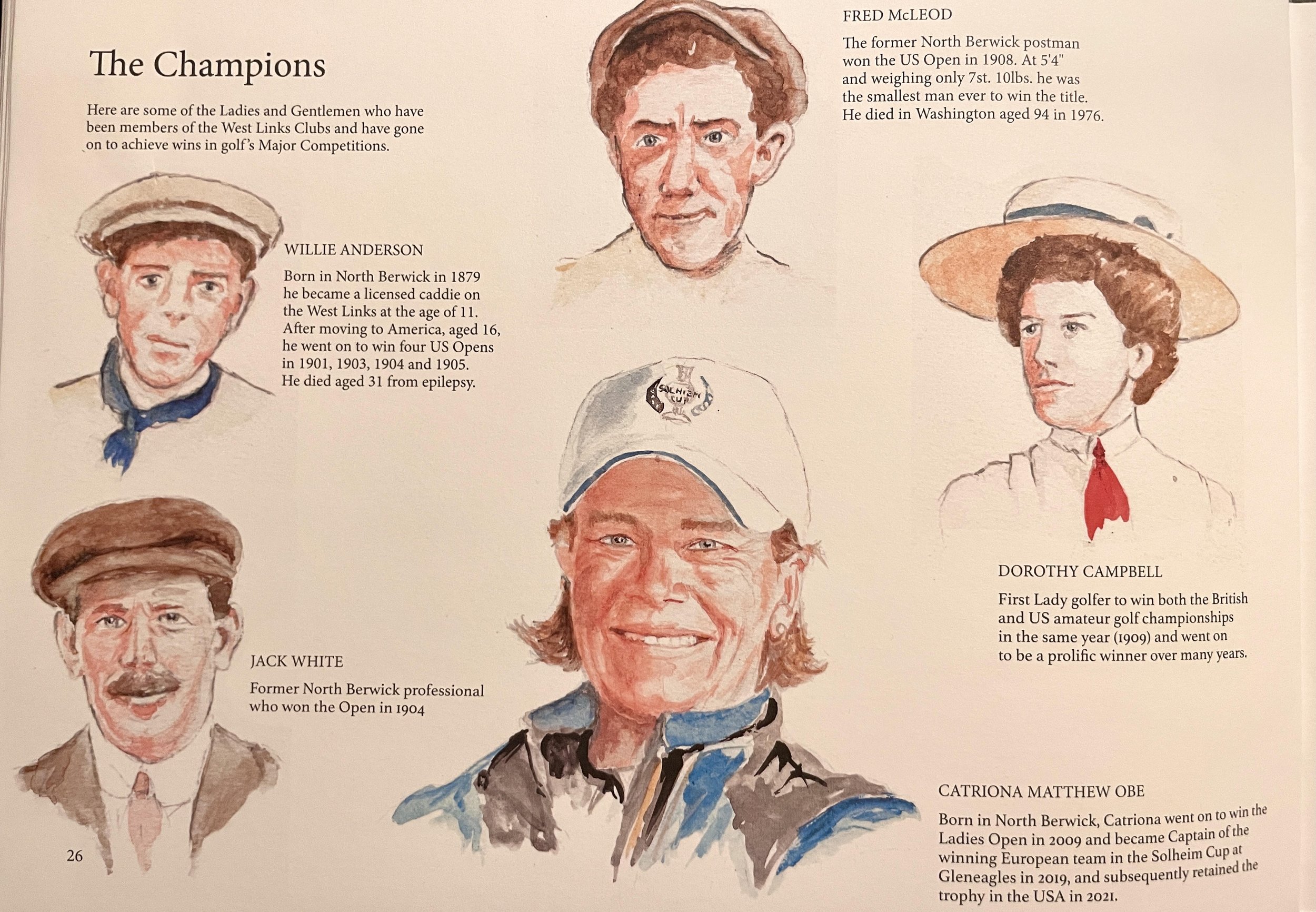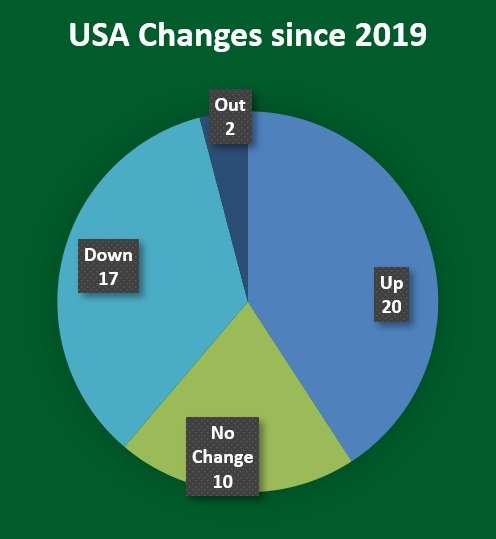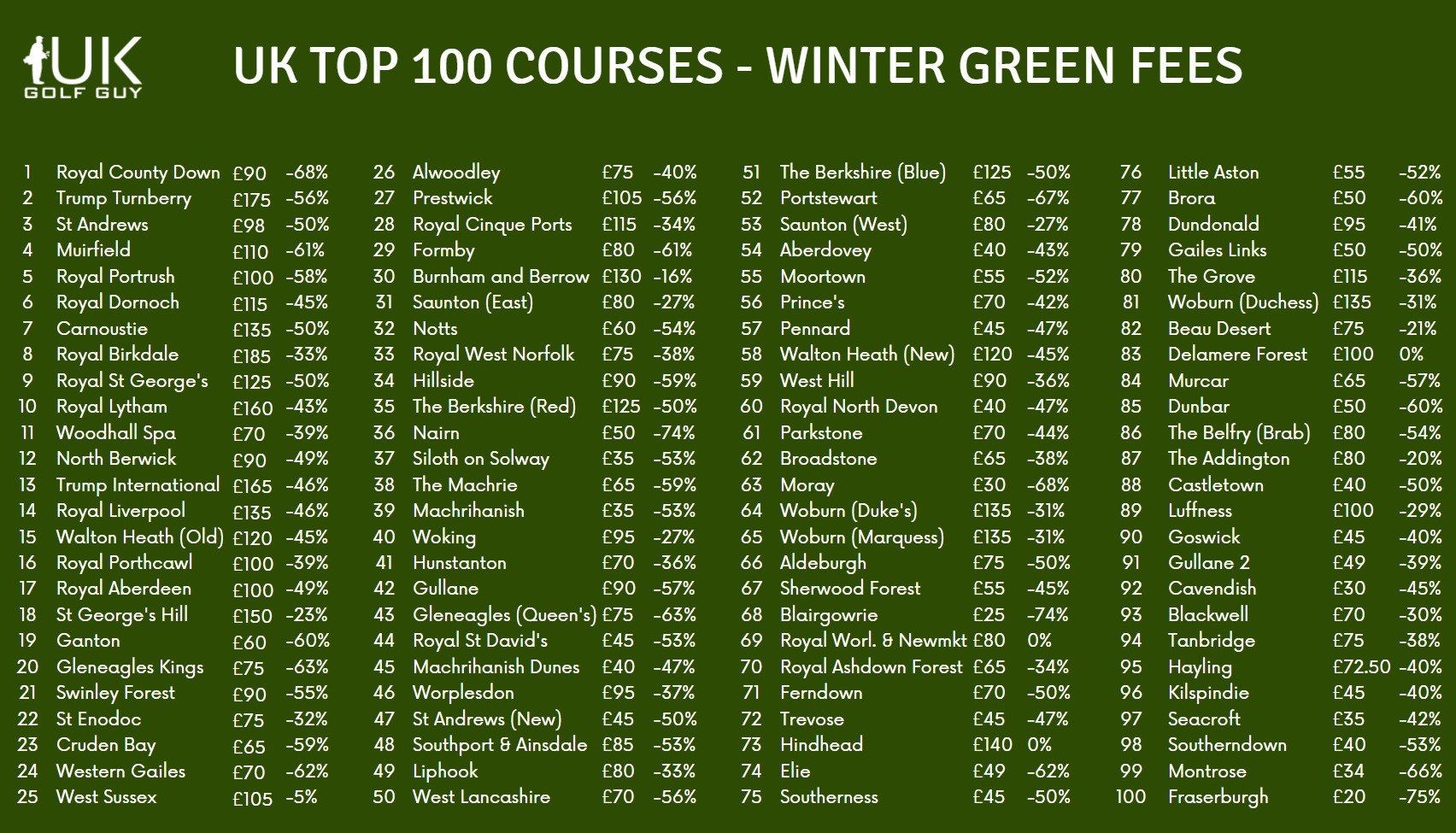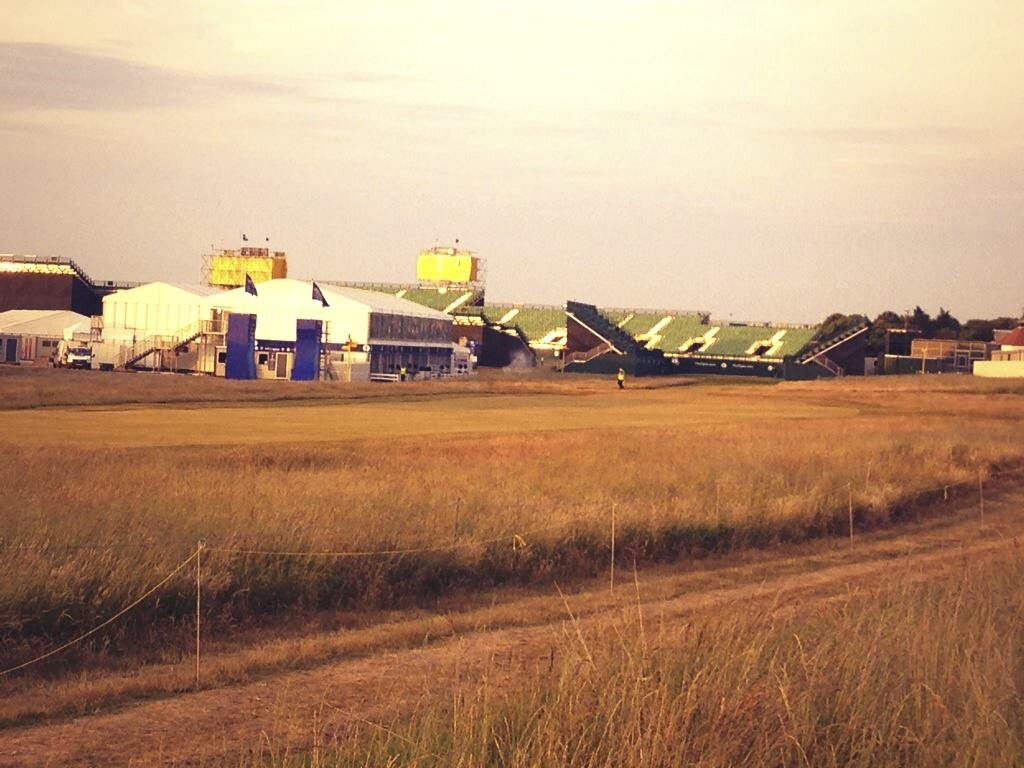As our thoughts turn to last-minute Christmas shopping and stuffing the turkey, there’s still time for one last golf ranking of the year. This week sees the launch of the biannual Golf World/Today’s Golfer list of the Top 100 Courses in the World that you can actually play.
I will declare an interest in this one as editor Chris Bertram asked me to contribute to this list - I was but one small voice though!
The criteria for entry are relatively straightforward. If a regular person can contact the club and get a tee time, then the course can be included. In theory then this is a real ‘everyman’ list; anyone could play any course on the list.
Obviously there is a very big caveat to bear in mind. Some of these courses are really very pricey and some, like Tara Iti, will insist that you spend a night on the property when you play there. But, at a cost, play them you can. When the list is published on the Today’s Golfer website I will link to it but, in the meantime. this is what it looks like:
Here’s a few thoughts on the ranking.
THE DEPTH IN GB&I IS AMAZING
This list has a much more international feel to it than a traditional World Top 100 list. That’s because none of those top US private courses which dominate other lists qualify for this one.
GB and Ireland really does punch hard with this list. England has 20 courses, Scotland has 19, The Republic of Ireland 5, Northern Ireland 2 and Wales 1. That adds up to almost half of the total list.
I think there’s an argument that Ireland is a little under-represented. The likes of Adare Manor, County Louth, The Island, The European and Carne must all be knocking on the door.
The only course in GB&I which would be worthy of inclusion, but is private, is Loch Lomond. Every other top course on these shores makes it in. However, it looks like Ardfin may be going to a totally private business model so that could be another one closed to the public.
AUSTRALIA IS TRULY STUNNING
I know this is stating the bleeding obvious, but the quality of golf in Australia is just amazing. There is nowhere outside of the UK where the standard of publicly accessible golf is as high. Australia has 10 courses on the list, 5 in the top 25.
One things that impresses me about golf in Australia is that clubs there are constantly looking at how they can evolve and improve their offering. The North Course at Peninsula Kingswood is a good example of this. Just inside the list at 97 last time, it has risen to 83 in this list as more people play the course and see the benefits of recent changes and investments. The bar in Australia keeps getting higher and higher.
NEWLY BUILT ENTRIES ARE FEW AND FAR BETWEEN…
It turns out that building new courses that can break into the lists of the world’s best is pretty hard. The only new courses that make it into the list are two Tom Doak creations. St Patrick’s at Rosapenna debuts at an impressive 32nd place and his new Gunnamatta course at The National, south of Melbourne, sneaks in at 96th. Having been to both of these courses in the last few months, I can safely say they deserve their places - expect to see them rise up the rankings.
Some others which would challenge for a place - like the New Course at Les Bordes - are purely private.
…BUT THE PIPELINE IS EXCITING
The next incarnation of this list could have a few new contenders. In no particular order, I’m looking forward to seeing Comporta Dunes in Portugal, 7 Mile Beach in Tasmania, the new Cabot courses in Scotland and St Lucia, the Te Arai courses in New Zealand and the Lido and Landmand in the US. All of these will have tee times available to the public and it will be interesting to see if any of them become serious contenders for a future top 100 list
DON’T SWEAT THE POSITIONS TOO MUCH!
I really wouldn’t agonise too much over individual positions on this list. I just like the fact that it exists. I like the idea that Golf World has spent the time coming up with a list of courses that are a little more attainable than the usual rankings lists.
One of the reasons that some of the movements look quite dramatic is that these dovetail with all of the Golf World/Today’s Golfer country rankings. So if a course drops or rises a few places in one of those then that move is amplified on this list.
But as I say, I think this is more a list just to enjoy and take some inspiration from for where to plan a really high quality golf trip. Even if you manage to play just a few of these courses, you will have a wonderful education in world golf.



